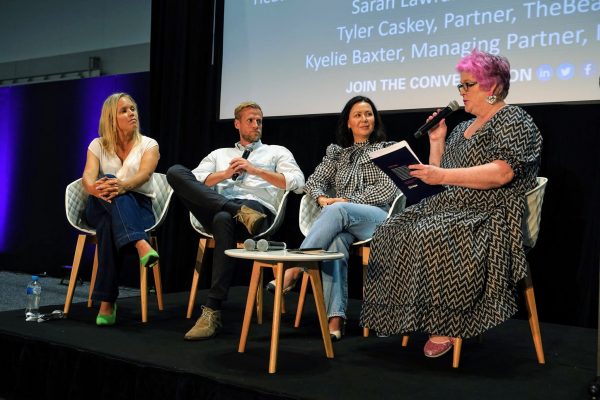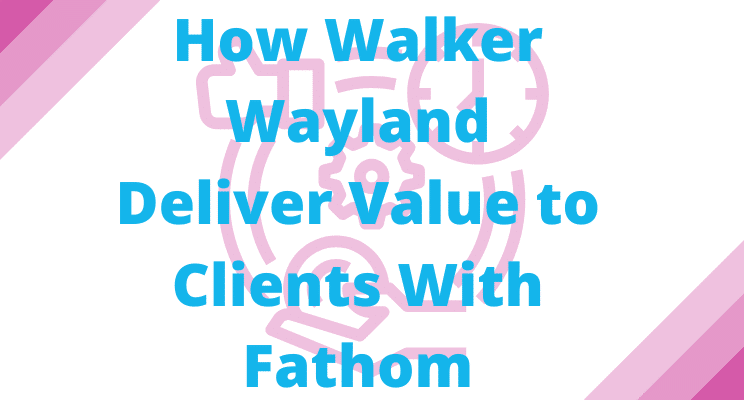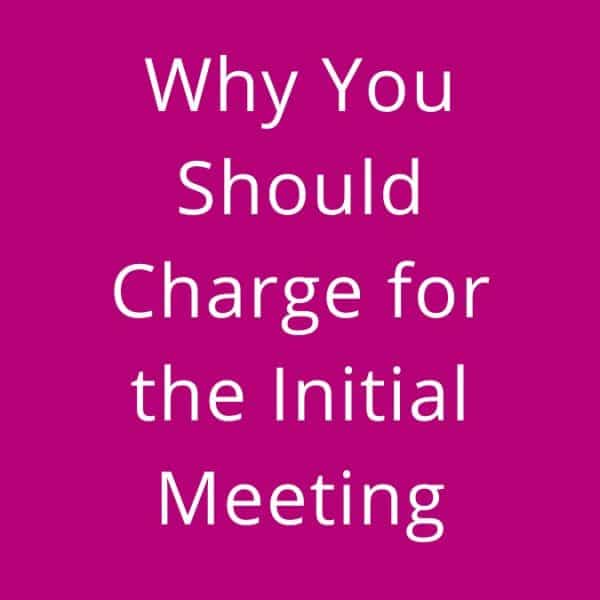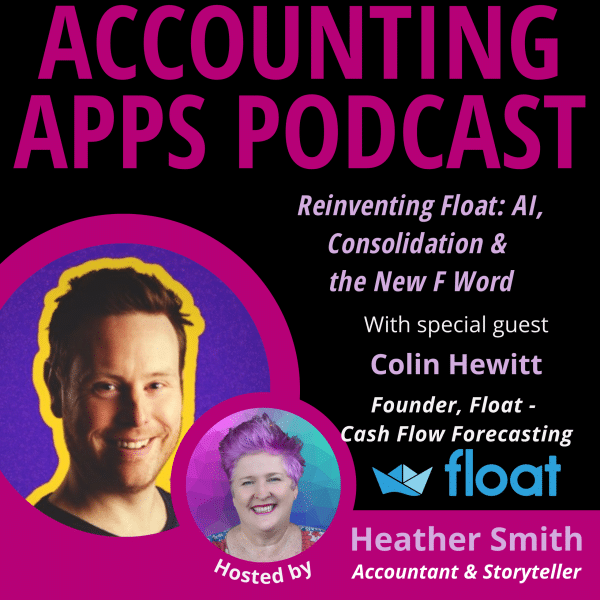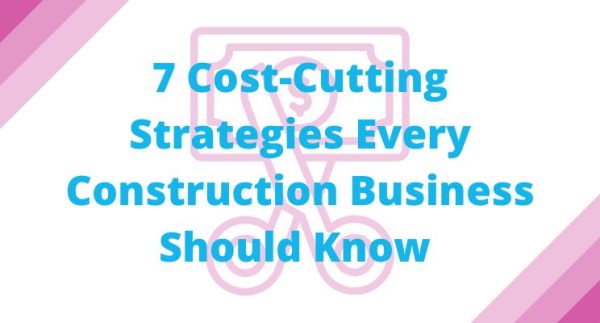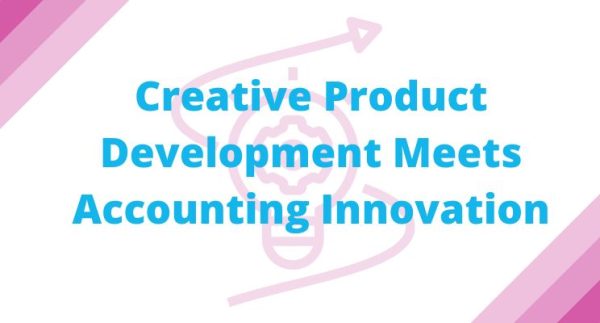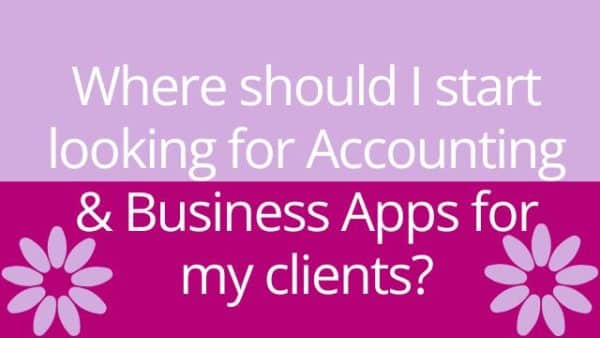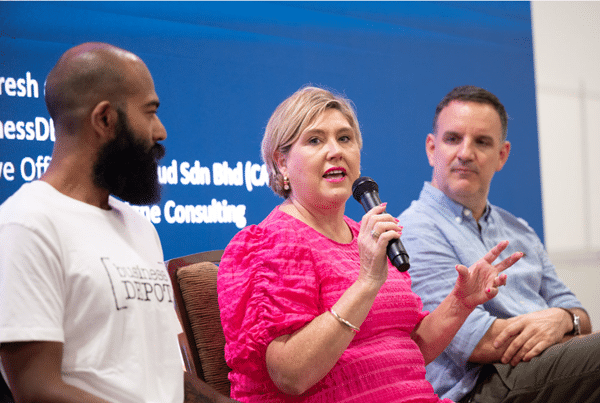 As the panel moderator I’d like you to think of our panel as a relaxed, yet lively open conversation and that everyone’s thoughts, experiences and insights are valid. I want the discussion to be an actual discussion. I’ll pose questions to spark a robust conversation, I’ll subtly steer the dialogue to keep it engaging and on point. Focus on your fellow panellists; I’ll incorporate audience questions when they add value. Feel free to agree, disagree or build on each other’s answers. If you actually want to ask a panellist a question – that’s ok. If you want to poll the audience that’s ok. If you’re usually on the quieter side, rest assured, I’ll create opportunities for you to shine. If the audience starts asking questions, the questions come through me, so I can control the conversation. This also might mean I’ll cut you off, so we can hear from someone else, don’t take it personally. While we are on stage, time easily becomes a blur, and that’s me controlling it. Any questions we don’t cover can be addressed later, either face-to-face or on LinkedIn.
As the panel moderator I’d like you to think of our panel as a relaxed, yet lively open conversation and that everyone’s thoughts, experiences and insights are valid. I want the discussion to be an actual discussion. I’ll pose questions to spark a robust conversation, I’ll subtly steer the dialogue to keep it engaging and on point. Focus on your fellow panellists; I’ll incorporate audience questions when they add value. Feel free to agree, disagree or build on each other’s answers. If you actually want to ask a panellist a question – that’s ok. If you want to poll the audience that’s ok. If you’re usually on the quieter side, rest assured, I’ll create opportunities for you to shine. If the audience starts asking questions, the questions come through me, so I can control the conversation. This also might mean I’ll cut you off, so we can hear from someone else, don’t take it personally. While we are on stage, time easily becomes a blur, and that’s me controlling it. Any questions we don’t cover can be addressed later, either face-to-face or on LinkedIn.
I don’t run panels like a tennis match. Your question. Your question. Your question. I just throw the ball in the air and let anyone catch it, and respond.
- Audience Focus: Leave the audience to me; I’ll weave in their questions when it adds value.
- Inclusivity: Rest assured, I’ll make space for everyone to contribute, even those who are usually quiet.
- Guiding Hand: I’ll subtly steer the conversation, ensuring it stays engaging and on point. Our safe word is “flamingo”. If I need to pull you back in, or make space for other people to talk, I’ll say “FLAMINGO”.
- Open Conversations: Think of this as a fluid dialogue rather than a formal Q&A.
- Follow-Up: Any questions we don’t get to can be addressed later, either face-to-face or on LinkedIn.
- Shared Responses: Feel free to build on each other’s answers; the questions are open to both panellists.
- Relaxed Atmosphere: Imagine we’re having a casual chat, not a structured interview.
The first question I typically ask each panellist is:
“Can you introduce yourself, tell us what you do, and share the journey that brings you to this conversation today.”
I’ll give you guidance on how long you have to respond. I recommend practising your response several times. This helps you get in the zone and feel comfortable speaking on stage, and gives you a quick win to settle the nerves.
In general should you memorise responses? No! I encourage you to know your first response, but discourage you from memorising other responses. You’re not an actor. This is not a play. This is a conversation and you know your stuff!! Be aware of what we are talking about, but be flexible, robust and present. I once had a situation where the person memorised her responses, but got them mixed up so she was not responding to the questions we were asking
The audience does not want to see you reading from notes or a mobile phone.
I don’t want you getting on stage with notes, or a mobile phone that you plan to read from. Rules are made to be broken, if I’m a panellist, I might have a tiny card with a short quote on it that I may read out, for dramatic effect…but don’t be the boring person who reads out from a mobile device. It’s really is important to be present and lively.
The final question I typically ask is:
“As we’re moving towards the end of the session, I’d like each of our speakers to share what you’d like our audience to take away from today”
This is something that you can think about ahead of time, or you may be inspired during the conversations.
Honestly the audience will only take away two to three insights from the conversation, so if there is something you would really like to drill into them, this is your opportunity.
The audience are smart people but can be confused by jargon, lingo, anagrams, and acronyms. Take a moment to explain anything you’re referencing in your answer. A quick explanation will suffice and help keep people engaged.
I’ll probably be the quietest moderator you’ll ever see on stage. I typically know the subject matter inside out and upside down, and I’m here to let other experts shine.
On the day
- Be aware of what you plan to wear. I have very pale blue eyes, and frequently wear a vivid blue floral dress, that I believe has an engaging impact. (Of course don’t take my advice when it comes to fashion – I just don’t want you to blend into the background.)
- Double check what you will be seated on.
- Be Present. I’ve had a panellist have side conversations, and clearly play on their phone. That’s disrespectful to the audience and all members of the presentation.
- Smile. Smile. Smile. Remember to Smile.
Let’s talk about your voice
- Eat some pineapple or a green apple before the session – it miraculously dries out the phlegm in your mouth, so you don’t have that gurgly tappy sound.
- Keep a glass of water on hand (no ice) in case your throat gets dry.
- Lubricate your vocal cords with a warm drink, without milk – such as a herbal tea.
- Make sure you have been speaking before the session, so you have your voice. Try repeating RED LEATHER YELLOW LEATHER, to warm up your mouth muscles.
- Slow down – breathe and pace yourself. One second can feel like 30 seconds. Don’t stress too much about taking a pause, if you need to calm yourself, and think about what you are going to say. The audience wants to hear what you have to say.
Remember, you were invited to this panel because of your expertise and perspective. Be present, share generously, and enjoy the experience. If you’re engaged and having fun, the audience will be too. Enjoy yourself.
